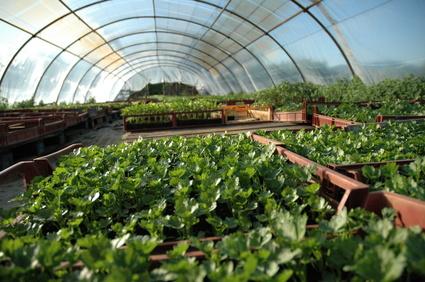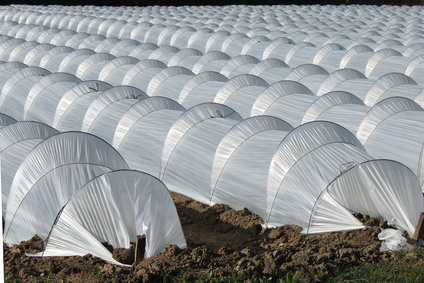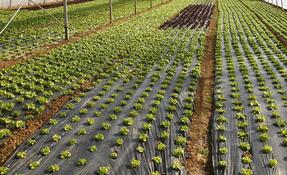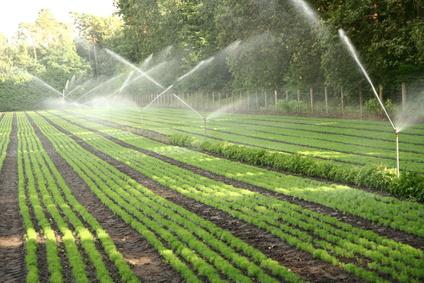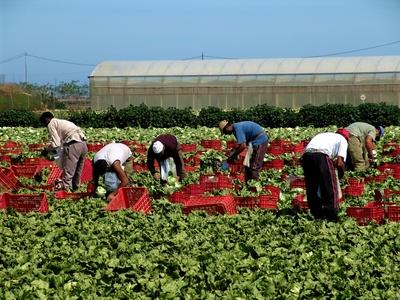For years, the growing use of plastics in agriculture has helped farmers increase crop production, improve food quality and reduce the ecological footprint of their activity. Not only do plastics allow for vegetables and fruits to be grown whatever the season, but these products are usually of better quality than those grown in an open field.
A wide range of plastics are used in agriculture, including, polyolefin, polyethylene (PE), Polypropylene (PP), Ethylene-Vinyl Accetate Copolymer (EVA), Poly-vinyl chloride (PVC) and, in less frequently, Polycarbonate (PC) and poly-methyl-methacrylate (PMMA). These plastics provide:
• Innovative and sustainable solutions: Thanks to the use of different plastics in agriculture, water can be saved and crops can even be planted in deserted areas. Plastic irrigation pipes prevent waste of water and nutrients, rain water can be retained in reservoirs built with plastics, and the use of pesticides can be reduced by keeping crops in a closed space such as a greenhouse or, for mulching, under a plastic film. Moreover, the emissions of pesticides in the atmosphere will be reduced as they will remain fixed on the plastic cover.
• Recycling and recovery opportunities: At the end of their life cycle, agricultural plastics such as greenhouse covers can be recycled. Once retrieved from the fields, plastics are usually washed to eliminate sand, herbs and pesticides, before being grinded and extruded into pellets. The material can then be used again in the manufacturing of articles such as outdoor furniture. When recycling is not viable, energy can be obtained from agricultural plastic waste in a process called co-combustion.
Key applications

